Very light but still durable: Light weight NOVA wings weigh little but are still robust enough to withstand the hard conditions of the mountains. The profiles are made out of durable cloth, so that this highly-stressed component does not deform - like it can with ultra-light material. This means we are able to guarantee consistent flying characteristics.
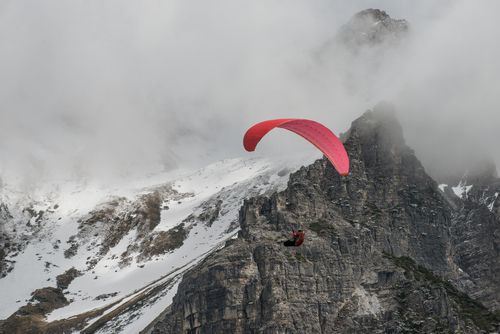
The idea. At NOVA we asked ourselves what a low-end EN B would look like if it was constructed without being restricted by technical complexity. The result is the PHANTOM.
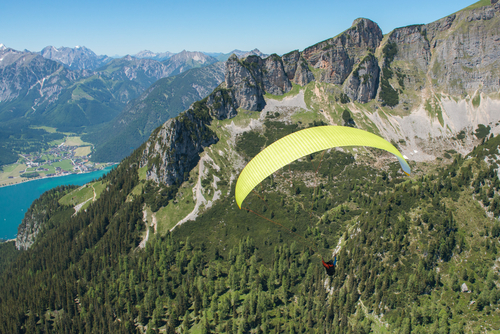
Experience progress. The PHANTOM is a new, completely revolutionary paraglider – with a similar aspect-ratio to the ION and with 99 cells, it combines the safety of the ION series with high-level performance. Exceptional directional stability as well as unique precision and simplicity underpin the excellent handling.
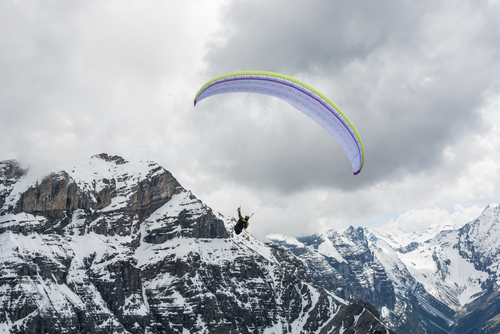
Maximum complexity. With 99 cells, 804 needle-eye ribs and 3200 slots in the profiles and triple tape ribs to reduce weight, the PHANTOM could be the most complex and technically elaborate wing ever made. With more than 3000 individual components, it sets a new benchmark in paraglider construction.
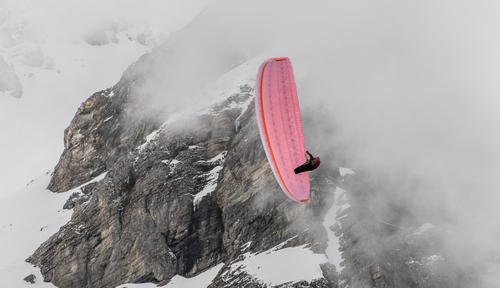
Pleasure without compromise. The PHANTOM is mainly constructed using 27 gram sail cloth. Combined with the weight-optimised inner construction, the size S wing weighs less than 5 kg. Little weight and low aspect ratio result in maximum safety. Never before has so much performance been so easy to fly.
Requirements
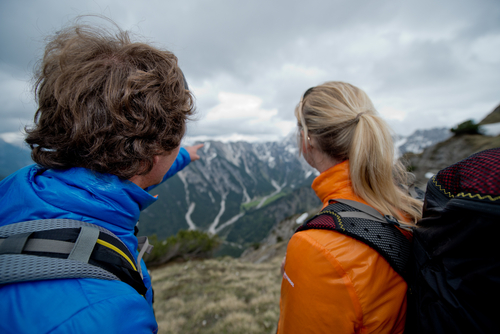
The PHANTOM is a paraglider in a brand-new class and therefore is suitable for a very wide range of pilots. Thanks to its high degree of passive safety and its outstanding performance, it is suitable for ambitious recreational pilots, as well as keen cross-country pilots. The PHANTOM combines the advantages of a low-end EN B wing with the performance of a high-end paraglider.
If you are unsure, your NOVA dealer will be happy to advise on any aspect of the PHANTOM!
Re-defining paragliders
the low piloting demands of the ION and the great performance of the TRITON.
Short and compact
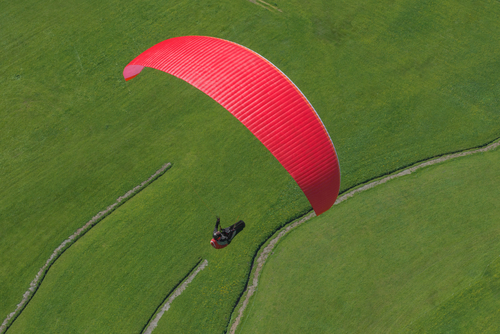
Are wings with many cells difficult to fly?
No, this is a misguided belief. A higher number of cells increases glider weight, but by using lightweight materials and structurally analysed and optimised slots, we could compensate for this additional weight.
But performance wings with many cells are more challenging to fly than EN A gliders with few cells.
Correct, but this is due to the higher aspect ratio, rather than the increased number of cells. There is no direct correlation between the number of cells and how demanding a wing is to fly.
How does a large number of cells increase performance?
The more cells, the smoother the wing – which means less drag. A large number of cells also provides ultimate stability. This helps maintain performance even in turbulent air.
Didn’t NOVA produce a wing called the PHANTOM in the past?
Correct, in 1991. The similarity with the original PHANTOM is the increase in performance which was then, and now, impressive.
The PHANTOM in detail

Not a gram of unnecessary weight combined with the highest possible technical complexity: up to twelve diagonal strips transfer the load on every line attachment point to its neighbouring profile rib. This allows a homogenous force distribution throughout the wing. Rigorous strength analysis determined the positioning of the slots and these have reduced the weight of the PHANTOM S to less than 5kg, which makes it suitable for hike & fly.
Technical data
| XS | S | M | L | ||
|---|---|---|---|---|---|
| Number of cells | 99 | 99 | 99 | 99 | |
| Projected span | m | 8,79 | 9,21 | 9,62 | 10,01 |
| Projected area | m² | 20,25 | 22,25 | 24,25 | 26,24 |
| Projected aspect ratio | 3,82 | 3,82 | 3,82 | 3,82 | |
| Flat span | m | 11,05 | 11,58 | 12,09 | 12,58 |
| Flat area | m² | 23,52 | 25,84 | 28,16 | 30,46 |
| Flat aspect ratio | 5,19 | 5,19 | 5,19 | 5,19 | |
| Line length | m | 6,49 | 6,80 | 7,10 | 7,38 |
| Total line length | m | 250 | 261 | 273 | 285 |
| Max. chord | m | 2,68 | 2,81 | 2,93 | 3,04 |
| Min. chord | m | 0,38 | 0,40 | 0,42 | 0,44 |
| Weight | kg | 4,8 | 5 | 5,25 | 5,5 |
| Recommended take off weight | kg | 60-90 | 80-100 | 90-110 | 100-130 |
| Certification (EN/LTF) | B | B | B | B |
Motor
According to the DGAC (France), the PHANTOM will be registered for powered flight. The glider is suitable for both free flying and paramotoring. You can find the certification documents in the Downloads section. Especially for powered flight, we have developed a riser with two mounts. It is suitable for two different hook-in heights.
FAQ
The brakes are components relevant to certification - modification can affect the flying characteristics and extreme flight behaviour. Because of this, we strongly advise against any modification of the brake system. It is important that the brake has sufficient travel before it engages. This is also important so that the wing does not brake automatically when the speed bar is used. Furthermore a brake that engages too early affects performance and influences the recovery during incidents, for example during a collapse or when the canopy goes parachutal.
Performance data depends heavily on the drag created by the pilot and this is linked to their seating position and harness type. An aerodynamic harness or seating position can make the difference of one glide ratio point. We at NOVA never determine absolute performance data, instead we make comparisons with reference gliders. For this reason we do not publish performance data.
The way a pilot holds the brake handles is a matter of personal preference - but it does have significant influence on the handling and flying characteristics of the wing. We recommend a half-wrap. You hold the brake handle in your palm and twist it half way around your hand so that the brake line lies between your thumb and forefinger. This shortens the brake travel by approximately 20 centimetres and this has a positive effect on feedback - firstly you directly feel the travel of the brake line and secondly, with the arms positioned higher, it is easier to feel the wing. The exception is of course when gliding or during other phases of the flight when steering with the brake is not necessary. Please note: when changing from no-wrap to half-wrap, the shortened brake travel must be taken into consideration.
Simplicity is our motto. Our wings can be packed using a concertina bag, but it is not essential. You can fold this wing using your preferred method and pack it in our stuff sack. Be careful not to bend the leading edge rods unnecessarily. This is particularly true if the wing is to be stored for longer periods or if it is packed tightly.
Sail cloth, lines and all other components are subjected to rigorous testing before they are used in serial production. We not only test the sail cloth for durability (high porosity or reduced tear resistance through UV damage or wear) but also for mechanical robustness, for example stretching. For quality control purposes we regularly take samples during serial production.
During the initial flights the lines are first subjected to load. This load induces a small degree of stretching and shrinking. These are not associated with the line manufacturers or the quality of workmanship - in the factory all NOVA paragliders are trimmed and pre-stretched to within a very low tolerance. To adjust this stretching or shrinking, we recommend that the wing is taken for NTT (NOVA Trim Tuning) after ten to twenty flights - after one year at the very latest. Generally, the line lengths remain constant after the first ten to twenty hours. To make full use of the NTT, NOVA encourages all pilots to have their wing checked after ten to twenty flying hours.
Dry, not packed too tightly and if possible in a space without wide temperature variations - these are the conditions that make our paragliders feel well. You should never store a wing when it is moist. You should also avoid excessive heat, like you would have, for example, in the car. Never remove dirt using chemical detergents and/or brushes.
The best person to contact is your authorised NOVA dealer. If there are no paragliding schools in your country, contact the NOVA importer. A list of our dealers and distribution network can be found here. If you have specific questions you are welcome to contact us directly.


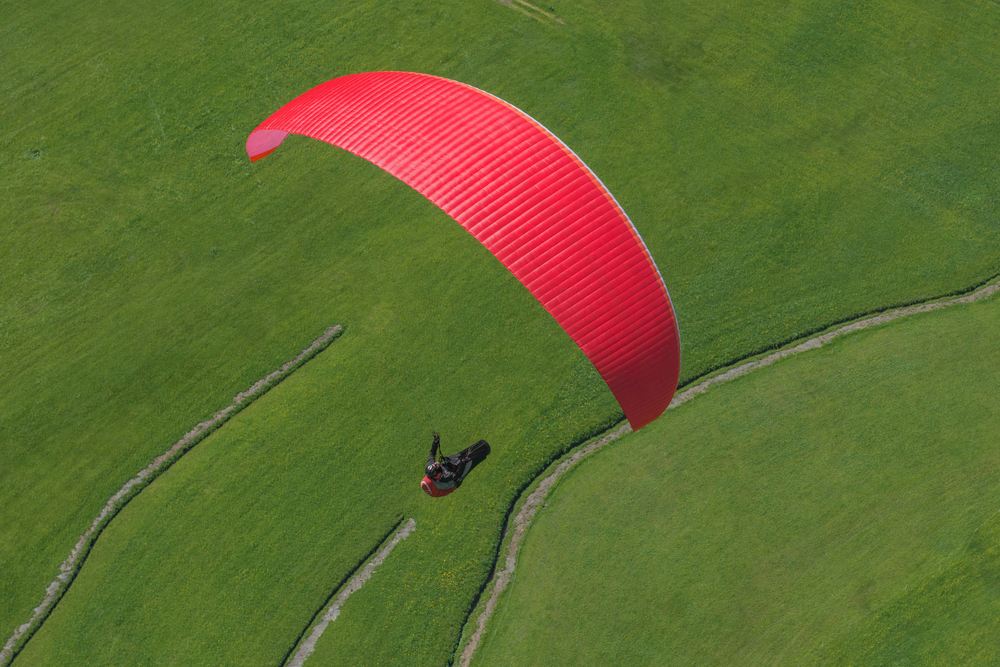
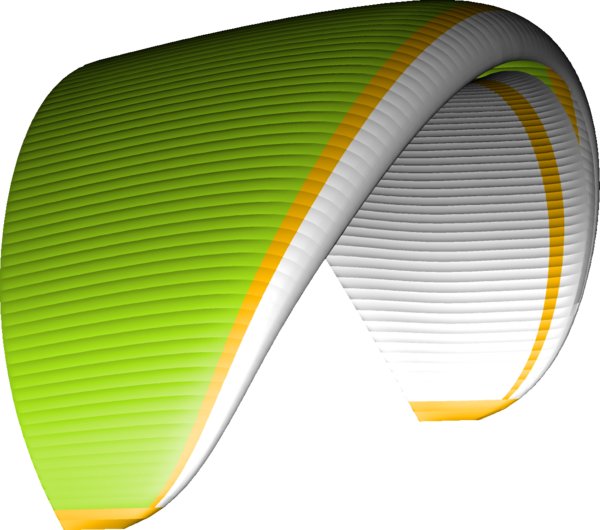 Racing Green
Racing Green
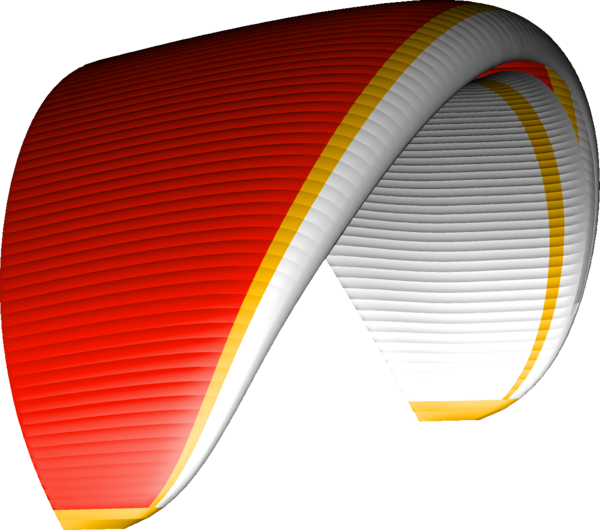 Rosso Corsa
Rosso Corsa
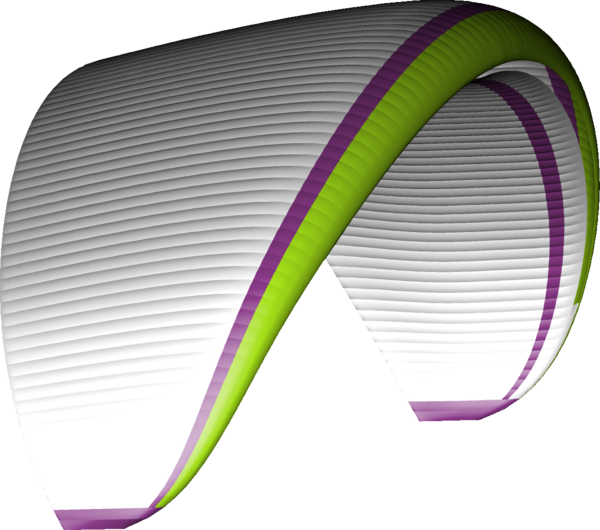 White Purple
White Purple
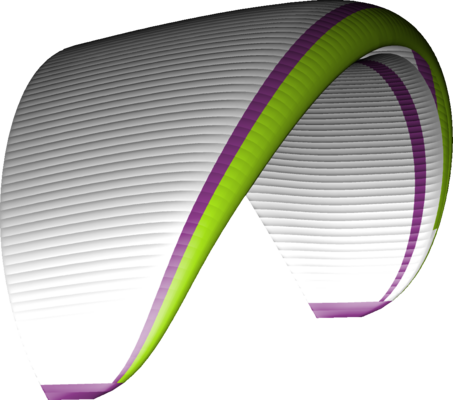







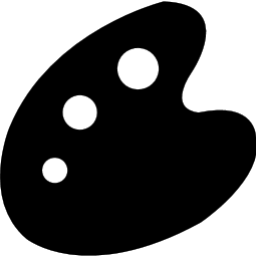

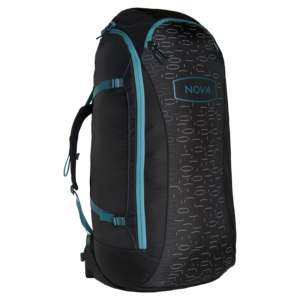 NOVA Rucksack.
NOVA Rucksack.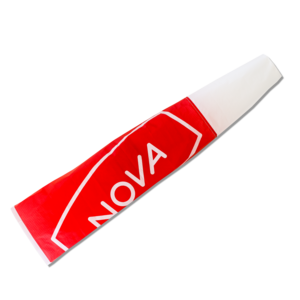 NOVA windsock.
NOVA windsock.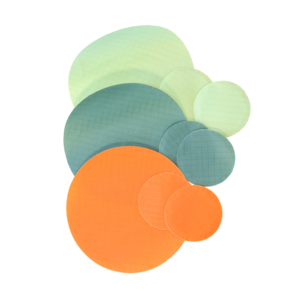 Repair kit.
Repair kit.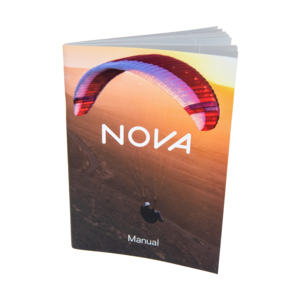 Manual.
Manual.